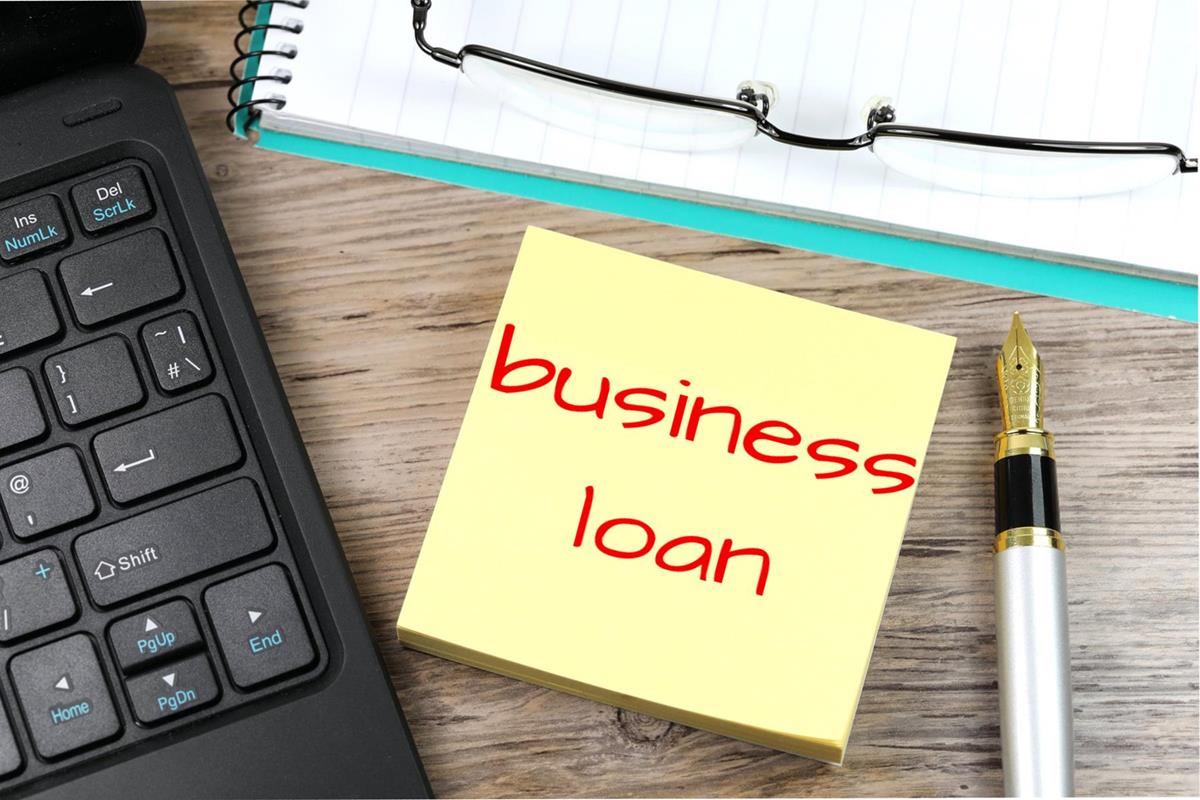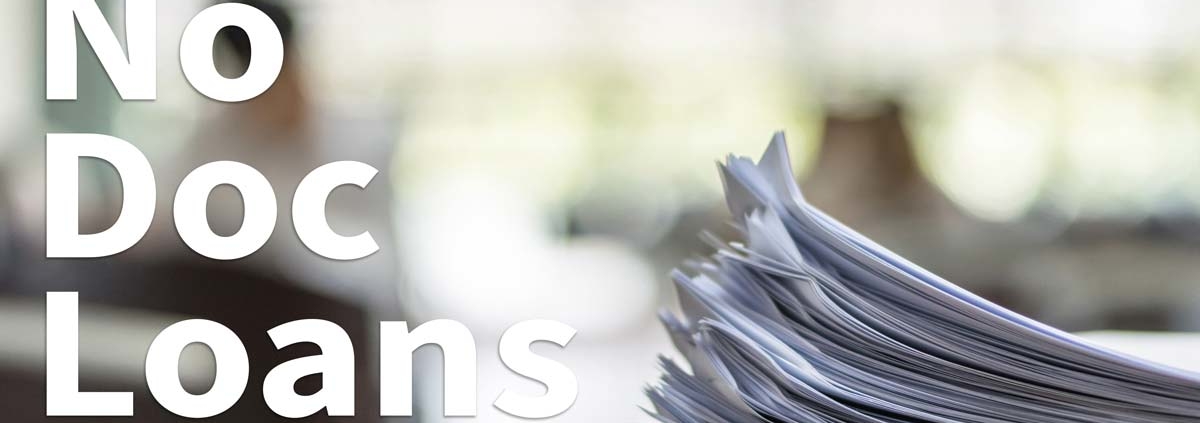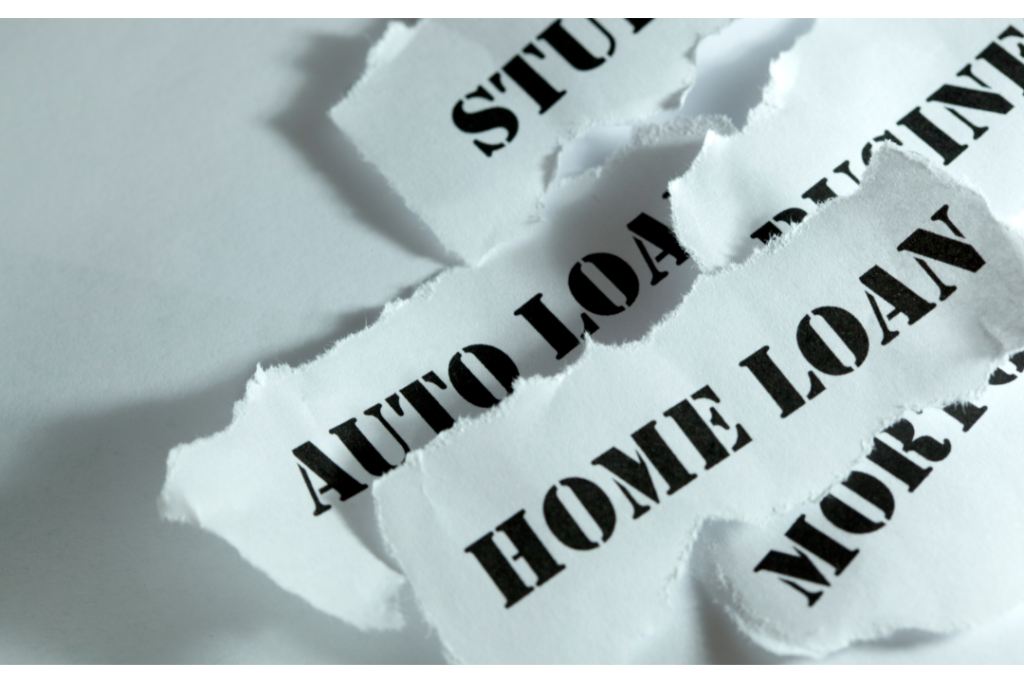Financing Your Small Business Needs: The Advantages of Low Doc Car Loans
Owning a small business comes with its own set of challenges, one of which can be securing financing. Traditional loan options often require extensive documentation, which can be a hurdle for self-employed individuals and business owners with irregular income. Fortunately, there’s a solution: low doc car loans.
Streamlined Application Process
Unlike traditional car loans, low doc car loans are designed to minimize the paperwork involved in the application process. This is particularly beneficial for small businesses that might not have readily available tax returns or detailed financial statements. By reducing the number of documents required, low documents car loans make it easier for self-employed individuals and business owners to qualify for the financing they need to acquire essential business vehicles.
Benefits for Small Businesses
Low doc car loans offer several advantages for small businesses:
- Faster Loan Approval: With fewer documents to process, low doc car loans typically boast faster approval times compared to traditional car loans. This allows businesses to secure the financing they need quickly and efficiently, minimizing any disruptions to their operations.
- Potential Tax Advantages: Since low documents car loans are specifically for business vehicles, business owners might be eligible for tax benefits. In some cases, interest repayments on the loan may be tax-deductible and GST-free. It’s important to consult with a tax professional to determine the specific tax implications in your situation.
- Convenient Application Options: Many lenders offering low doc car loans allow for online or phone applications. This eliminates the need for business owners to visit a physical branch in person, saving them valuable time and effort.
Understanding Eligibility Requirements
While low documents car loans streamline the application process, there are still some documentation requirements that need to be met. These requirements may vary depending on the lender, but they typically include:
- Basic identification documents (proof of address, name, etc.)
- Australian Business Number (ABN)
- Information on your business finances, including assets, liabilities, and income (for freelancers and self-employed individuals)
- Details about the car you intend to purchase, including its value
It’s important to note that lenders may request additional documentation to verify your financial standing.
Understanding the Loan Structure
The core function of a low doc car loan is similar to a regular car loan for business purposes. Upon approval, you receive the funds to purchase a business vehicle. You then repay the loan in installments over a predetermined loan term.
Interest Rates and Loan Types
Loan amounts and interest rates for low doc car loans can vary significantly between lenders. Because low doc loans involve a higher risk for lenders due to the reduced documentation, they typically come with higher interest rates compared to traditional car loans. It’s crucial to discuss the loan terms thoroughly with a lender or broker before making a decision.
low documents car loans come in two main categories: secured and unsecured. Secured low doc loans require you to pledge an asset, such as a vehicle, as collateral. This can allow you to borrow a larger amount. Conversely, unsecured low doc loans don’t require collateral but typically have lower borrowing limits. The type of low doc loan you choose depends on your financial situation and the amount you need to borrow.
Conclusion
Low doc car loans can be a valuable financing tool for small businesses. They offer a streamlined application process, potential tax benefits, and convenient application options. By understanding the eligibility requirements, loan structure, and interest rates, small business owners can leverage low documents car loans to acquire the vehicles they need to keep their businesses running smoothly. Remember to carefully compare offers from different lenders and consult with a financial professional to ensure a low doc car loan is the right fit for your specific needs.





